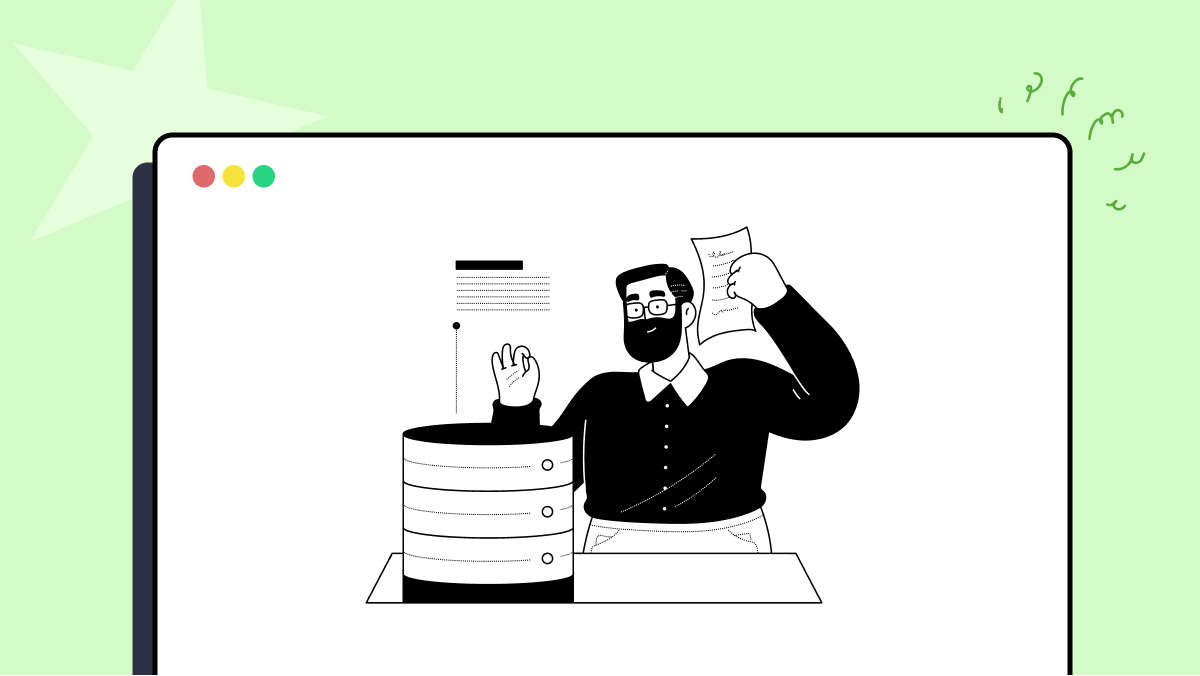How to use do_forward method in localstack
Best Python code snippet using localstack_python
tests.py
Source: tests.py
...74 """75 Test the backprop using finite differences76 :return:77 """78 finite_differences(lambda x : vg.Sum.do_forward(x))79 def test_fd1(self):80 """81 Test the backprop using finite differences82 :return:83 """84 finite_differences(lambda x : vg.Sum.do_forward(vg.Sigmoid.do_forward(x)), input='rand')85 def test_fd2(self):86 """87 Test the backprop using finite differences88 :return:89 """90 finite_differences(input='rand', function=lambda x:91 vg.Sum.do_forward(92 vg.Sigmoid.do_forward(93 vg.MatrixMultiply.do_forward(x, x)94 )))95 def test_fd3(self):96 """97 Test the backprop using finite differences98 :return:99 """100 def fn(x):101 x = vg.Exp.do_forward(x)102 x = vg.Normalize.do_forward(x)103 return vg.Sum.do_forward(x)104 finite_differences(105 # input=np.asarray([[10.2, 20.4]]),106 input=np.asarray([[0.6931471805599453, 0.0]]),107 # input=np.random.randn(10, 2),108 function=fn)109 def test_mlp(self):110 fd_mlp()111 def testmax(self):112 x = np.asarray([[0., 1.],[4., 5.],[9, 0.]])113 ctx = {}114 vg.RowMax.forward(ctx, x)115 grad = vg.RowMax.backward(ctx, np.asarray([.1, .2, .3]))116 self.assertTrue( (np.asarray([[0., .1], [0., .2 ], [.3, 0. ]]) == grad ).all() )117 def testsum(self):118 x = np.asarray([[0., 1.],[4., 0.],[9, 0.]])119 ctx = {}120 vg.RowMax.forward(ctx, x)121 grad = vg.RowSum.backward(ctx, np.arange(3.0) + 0.1)122 self.assertTrue( (np.asarray([[0.1, 0.1], [1.1, 1.1], [2.1, 2.1]]) == grad ).all() )123 def testlogsoftmax(self):124 x = np.asarray([[0., 0.],[2., 0.],[3., 0.]])125 x = vg.TensorNode(x)126 s = np.exp(vg.logsoftmax(x).value).sum(axis=1)127 self.assertTrue( ( (s - 1.0) ** 2. < 1e-10).all() )128 def testlogsoftmax2(self):129 x = np.random.randn(4, 5)130 x = vg.TensorNode(x)131 els = np.exp(vg.logsoftmax(x).value)132 s = vg.softmax(x).value133 self.assertTrue( ((els - s) ** 2. < 1e-7).all() )134 def testdiamond(self):135 a = vg.TensorNode(np.asarray([1.0]))136 b = vg.Id.do_forward(a)137 c1, c2 = vg.Id.do_forward(b), vg.Id.do_forward(b)138 d = c1 + c2139 a.name = 'a'140 b.name = 'b'141 c1.name = 'c1'142 c2.name = 'c2'143 d.name = 'd'144 # a.debug = True145 d.backward()146 self.assertEqual(2.0, float(a.grad))147 def testdoublediamond(self):148 a0 = vg.TensorNode(np.asarray([1.0]))149 a = vg.Id.do_forward(a0)150 b1, b2 = vg.Id.do_forward(a), vg.Id.do_forward(a)151 c1, c2, c3, c4 = vg.Id.do_forward(b1), vg.Id.do_forward(b1), vg.Id.do_forward(b2), vg.Id.do_forward(b2)152 d1 = c1 + c2153 d2 = c3 + c4154 e = d1 + d2155 e.backward()156 self.assertEqual(4.0, float(a.grad))157 def testseqdiamond(self):158 a = vg.TensorNode(np.asarray([1.0]))159 b = vg.Id.do_forward(a)160 c1, c2 = vg.Id.do_forward(b), vg.Id.do_forward(b)161 d = c1 + c2162 e = vg.Id.do_forward(d)163 f = e + a164 g1, g2 = vg.Id.do_forward(f), vg.Id.do_forward(f)165 h = g1 + g2166 h.backward()167 self.assertEqual(2.0, float(f.grad))168 self.assertEqual(2.0, float(e.grad))169 self.assertEqual(2.0, float(c1.grad))170 self.assertEqual(4.0, float(b.grad))...functions.py
Source: functions.py
...52 :param outputs: Predictions from the model, a distribution over the classes53 :param targets: True class values, given as integers54 :return: A single loss value: the lower the value, the better the outputs match the targets.55 """56 logprobs = Log.do_forward(outputs)57 return logceloss(logprobs, targets)58def logceloss(logprobs, targets):59 """60 Implementation of the cross-entropy loss from logprobabilities61 We separate this from the celoss, because computing the probabilities explicitly (as done there) is numerically62 unstable. It's much more stable to compute the log-probabilities directly, using the log-softmax function.63 :param outputs:64 :param targets:65 :return:66 """67 # The log probability of the correct class, per instance68 per_instance = Select.do_forward(logprobs, indices=targets)69 # The loss sums all these. The higher the better, so we return the negative of this.70 return Sum.do_forward(per_instance) * - 1.071def sigmoid(x):72 """73 Wrap the sigmoid op in a funciton (just for symmetry with the softmax).74 :param x:75 :return:76 """77 return Sigmoid.do_forward(x)78def softmax(x):79 """80 Applies a row-wise softmax to a matrix81 NB: Softmax is almost never computed like this in serious settings. It's much better82 to start from logits and use the logsumexp trick, returning83 `log(softmax(x))`. See the logsoftmax function below.84 :param x: A matrix.85 :return: A matrix of the same size as x, with normalized rows.86 """87 return Normalize.do_forward(Exp.do_forward(x))88def logsoftmax(x):89 """90 Computes the logarithm of the softmax.91 This function uses the "log sum exp trick" to compute the logarithm of the softmax92 in a numerically stable fashion.93 Here is a good explanation: https://gregorygundersen.com/blog/2020/02/09/log-sum-exp/94 :param x: A matrix.95 :return: A matrix of the same size as x, with normalized rows.96 """97 # -- Max over the rows and expand back to the size of x98 xcols = x.value.shape[1]99 xmax = RowMax.do_forward(x)100 xmax = Unsqueeze.do_forward(xmax, dim=1)101 xmax = Expand.do_forward(xmax, repeats=xcols, dim=1)102 assert(xmax.value.shape == x.value.shape), f'{xmax.value.shape} {x.value.shape}'103 diff = x - xmax104 denominator = RowSum.do_forward( Exp.do_forward(diff) )105 denominator = Log.do_forward(denominator)106 denominator = Unsqueeze.do_forward(denominator, dim=1)107 denominator = Expand.do_forward(denominator, repeats=xcols, dim=1)108 assert(denominator.value.shape == x.value.shape), f'{denominator.value.shape} {x.value.shape}'109 res = diff - denominator...Blogs
Check out the latest blogs from LambdaTest on this topic:
Ever since the Internet was invented, web developers have searched for the most efficient ways to display content on web browsers.
The web paradigm has changed considerably over the last few years. Web 2.0, a term coined way back in 1999, was one of the pivotal moments in the history of the Internet. UGC (User Generated Content), ease of use, and interoperability for the end-users were the key pillars of Web 2.0. Consumers who were only consuming content up till now started creating different forms of content (e.g., text, audio, video, etc.).
In today’s tech world, where speed is the key to modern software development, we should aim to get quick feedback on the impact of any change, and that is where CI/CD comes in place.
JavaScript is one of the most widely used programming languages. This popularity invites a lot of JavaScript development and testing frameworks to ease the process of working with it. As a result, numerous JavaScript testing frameworks can be used to perform unit testing.
Automation Testing Tutorials
Learn to execute automation testing from scratch with LambdaTest Learning Hub. Right from setting up the prerequisites to run your first automation test, to following best practices and diving deeper into advanced test scenarios. LambdaTest Learning Hubs compile a list of step-by-step guides to help you be proficient with different test automation frameworks i.e. Selenium, Cypress, TestNG etc.
LambdaTest Learning Hubs:
- JUnit Tutorial
- TestNG Tutorial
- Webdriver Tutorial
- WebDriverIO Tutorial
- Protractor Tutorial
- Selenium 4 Tutorial
- Jenkins Tutorial
- NUnit Tutorial
- Jest Tutorial
- Playwright Tutorial
- Cypress Tutorial
- PyTest Tutorial
YouTube
You could also refer to video tutorials over LambdaTest YouTube channel to get step by step demonstration from industry experts.
Try LambdaTest Now !!
Get 100 minutes of automation test minutes FREE!!



